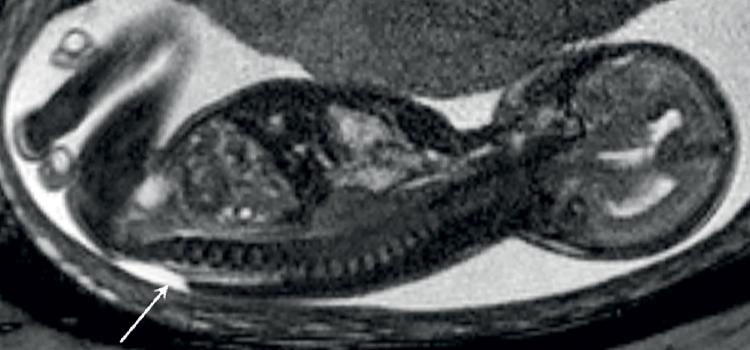

On the full retinal thickness angiogram, we selected an area within the foveal avascular zone (FAZ) using a circle outlining its boundaries. We started by establishing a global threshold for each eye to distinguish vessels from background noise. We exported the full retinal thickness & choriocapillaris angiograms into ImageJ (National Institutes of Health, Bethesda, MD, USA). Electronic medical records were reviewed to extract demographic and clinical information. We excluded eyes with astigmatism (more than 3 diopters), high refractive error (more than 6 diopters), or cataract graded above nuclear opalescence grade three or nuclear color grade three, to avoid optical artifacts that may potentially compromise OCTA image quality. They also included eyes with other retinal or choroidal diseases that may confound our results, eyes with vitreomacular traction causing macular edema, and eyes that have received intravitreal anti-VEGF agents, intravitreal triamcinolone acetonide, dexamethasone intravitreal implant, focal laser or pars plana vitrectomy. For all patients, only eyes that had OCTA images without significant movement or shadow artifacts, a Q index of 6 or more and a signal strength index (SSI) score above 50 were considered eligible.Įxclusion criteria included patients with any other systemic disorders which may affect the retinochoroidal vasculature, including diabetes mellitus, renal, cardiovascular, or immunological disease. When both eyes showed a similar Q index, the right eye was uniformly chosen. Patients underwent OCTA imaging, as described later, and the eye with the higher quality index (Q) was used for analysis.

Only eyes with no clinically abnormal retinal or choroidal features were considered in order to avoid imaging artifacts, and to allow the assessment of subclinical choroidal changes in these eyes. Inclusion criteria were treatment-naïve eyes of healthy third trimesteric pregnant women, third trimesteric hypertensive patients & third trimesteric preeclamptic patients, based on the above-mentioned criteria. Classification of hypertensive disorders with pregnancy. The purpose of our study was to investigate the impact of hypertension and preeclampsia on choroidal blood flow in pregnant women in their third trimester, using OCTA, and to compare these changes with healthy pregnant women. These attributes can prove to be particularly advantageous in potentially more vulnerable patients like pregnant women as it allows an accurate representation of the retinal and choroidal vasculature without the need for invasive and potentially harmful dye-based imaging modalities. In recent years, optical coherence tomography angiography (OCTA) has emerged as a non-invasive tool, capable of providing a highly-detailed, cross-sectioned angiographic representation of the retinal capillary plexuses and choroidal vasculature, along with the ability to assess their perfusion state, both qualitatively and quantitatively. This has led to various contradictory revelations on these important parameters. Despite the insightful findings of these studies, post-mortem slides fail to demonstrate the dynamic vascular changes affecting living retinal and choroidal tissue, while OCT mostly relies on extrapolating retinal and choroidal vascular changes through assessing their respective thickness, and not actual blood flow fluctuations. Previous attempts at describing the underlying pathology of this retinal and choroidal aggravation in preeclamptic patients have mostly been limited to post-mortem histological studies, as well as in-vivo cross-sectional examination using optical coherence tomography (OCT).

RPE detachments and exudative retinal detachments can develop. This process eventually leads to ischemic degeneration of the overlying retinal pigment epithelium (RPE), and a breakdown of the outer blood–retinal barrier.

Retinal and choroidal affection is considered one of the most serious ocular complications of preeclampsia, speculated to be brought on arteriolar constriction, in up to 60% of preeclamptic patients in one study, leading to choroidal vasogenic edema, damage of the choroidal endothelium, and eventually fibrinoid necrosis of the choroidal arterioles with delayed perfusion of the choriocapillaris. A diagnosis of preeclampsia is considered when new-onset hypertension is associated with renal insufficiency, pulmonary edema, liver function abnormalities, thrombocytopenia, or visual or cerebral abnormalities. Preeclampsia, commonly a disorder affecting first pregnancies, is characterized by hypertension (more than 140 mmHg systolic or 90 mmHg diastolic) occurring after 20 weeks’ gestation and may be accompanied by proteinuria.


 0 kommentar(er)
0 kommentar(er)
